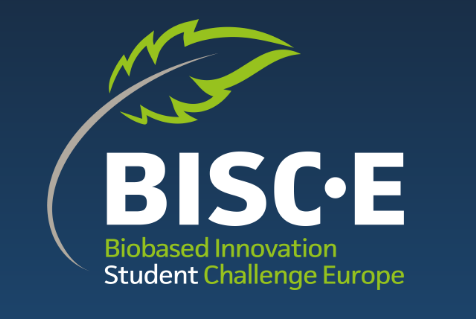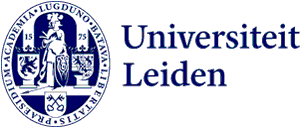
Leiden students brew coasters from beer waste
Turning beer waste into a useful, sustainable product. That was the mission of students from Leiden at the international BISC-E event. The biology students challenged themselves and won third place in the Dutch finals of this competition. For this, they used the simple formula: Grain + fungus = coaster.
‘Brewers use a lot of grain to produce beer. Normally, that would end at big landfills, but we thought of a way to biologically turn the waste into something useful’, Jisca van Dam says.
Van Dam is one of the master’s students participating in the competition. She and fellow students Tim van den Akker, Sven Lakemeier and Varun Chopra worked together to elaborate on an idea of teacher Joost van den Brink. ‘For a few years he has been working with thermophilic fungi and suggested the possibility to combine them with brewer’s spent grain’, Van Dam explains.
We turn brewers waste into a useful product for the beer industry.
From grain to coaster
To turn the idea into reality the group went into the lab. Brewery Pronck in Leiden provided spent grain, which Van den Akker then tested on the thermophilic fungi in an incubator. That seemed to be successful. ‘We created a proof-of-concept showing that the spent grain on its own provides a sufficient food source for the fungus. That could make it into sturdy, waterproof coasters. That was very important because you don’t want the coaster to fall apart as soon as one drop of beer falls over the edge of the glass’, Van Dam remarks.

Supervisors Marjolein Crooijmans (PhD student Institute of Biology Leiden) and Maarten Lubbers (upcoming PhD student Institute of Biology Leiden) look delighted while the students are talking about the project. ‘Joost had created a good foundation already, but I want to emphasise that this group came up with the idea to make coasters themselves. They used their creativity and resourcefulness to make this project a success’, Crooijmans states.
‘It is just very awesome to think about things like this’, Van Dam says. ‘We turn brewer’s waste into a useful product that can be directly used by the beer industry.’
Expand in five years
Market research was also a part of the project. Chopra took care of that subject. ‘We had to find out how we could make the coasters, if the costs were competitive with other coasters, what the production costs will be, and so on’, he explains.
The incubation process was the major source of costs. But they managed to make the process completely circular, by which they did not produce any waste. ‘That was also very important for us’, Chopra says. ‘We wrote everything down into a report, together with a plan in which we would expand in the fifth year. Then you could look at sound-absorbing panels made from the brewer’s spent grain, for example.’
Entrepreneurship as backup plan
Still, the question remains if the coasters will ever become an actual product on the market. Even though the project was challenging and exciting, which shows the entrepreneur side of research, none of the students thinks about doing this for a job. ‘For now, I like doing research too much to let it go’, Chopra explains. ‘But it is nice to have a backup plan. Even the jury of BISC-E indicated that the simplicity of the project was a capital factor. We could start this business tomorrow if we wanted to. So who knows!’

BISCE-E stands for Biobased Innovation Student Challenge – Europe and will be held for the fourth time in a row this year. During the event, a biological innovation has to be created, such as a product or process. A jury of experts will judge all innovations, in which they take into account sustainability, technical feasibility and economic viability.
Last year, a team of Leiden and Groningen students made it to the European finals of the event.
